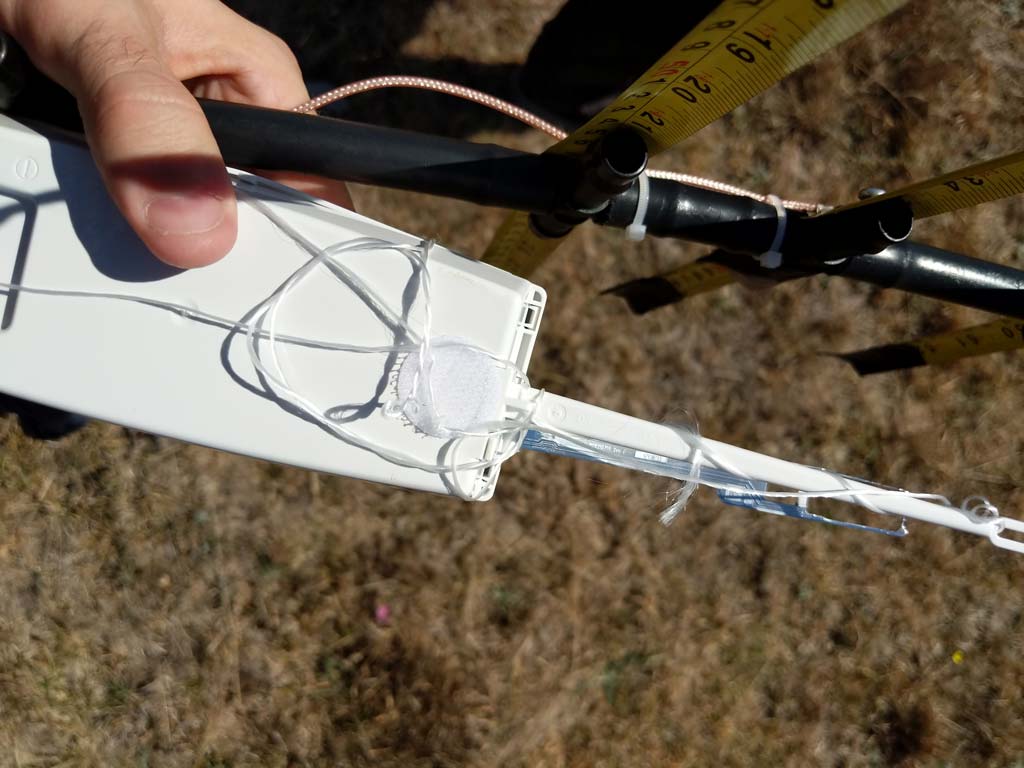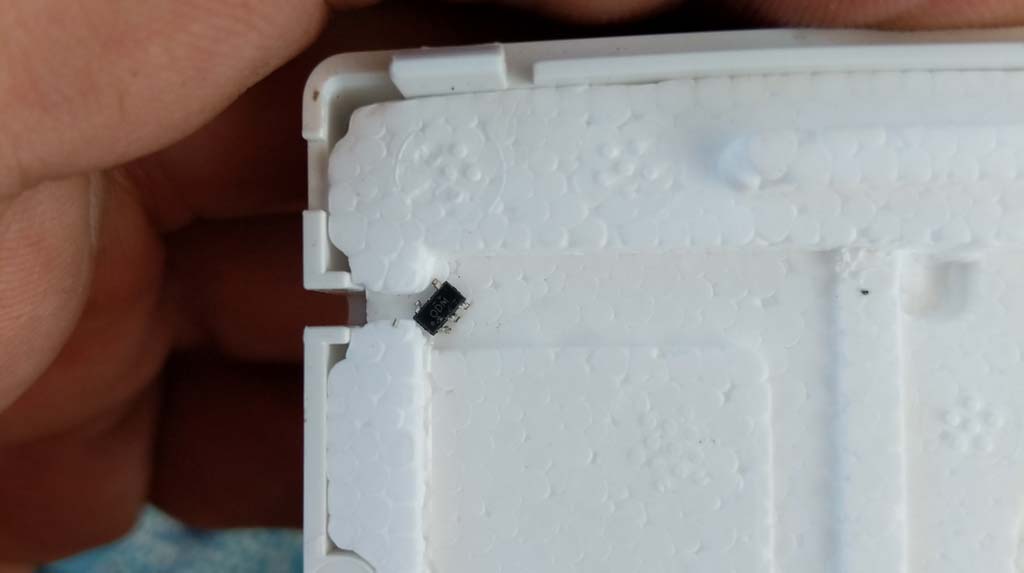Radiosonde Chase Semi Success 2018-03-10

The story starts much like any other chase. The landing location looks good, “only” 45km out of suburbia this time. We grab our stuff, get in the car and watch it ascend from the ground station while driving out to somewhere near the landing zone. We’re eager to catch it, hoping it will be our first recovery of a Melbourne-launched RS41 - up until quite recently they were still launching RS92 sondes.
This was only made a little more interesting by the fact that I was working on the receiver code to allow two concurrent instances to run - under the impression that I could always git stash in the event that I needed it running right now. Turns out that was wrong, as some un-committed local changes had been made - should have checked, but wasn’t on my machine…
That proved to be no problem as I got the feature working by the time the balloon was at about 17km altitude. The code change meant we could simultaneously run the vertical and the cross-dipole on two different rtl-sdr receivers at the same time. Mark Jessop initially suggested switching between them with a coaxial relay - however looking for a suitable candidate revealed that buying a second rtl-sdr was actually the cheaper option.
The descent was still relatively uneventful - aside from the prediction being fairly off as the weather was in the process of changing. The balloon burst and began to freefall - and thanks to the newly implemented feature, I could see exactly how much better the cross-dipole was at picking it up in this phase of flight. But something interesting happened next…
We tracked it down to a few hundred metres above the ground, noted that the landing zone was about 1km into a field, found a promising looking house that was likely the property owner’s, drove up and said hello. They offered us a lift out to the field, we headed out there, last known GPS position of the sonde programmed into the eTrex. But something was missing - no signal from the sonde. We weren’t worried - this sometimes happens if it’s behind a ridge, on the other side of a metal fence, over a hill or in many other situations.
But we were 30m away from the location and still had no signal. Luckily the field was pretty much bare dirt, so it could be spotted as soon as we came over the top of a small hill, but the sonde definitely wasn’t transmitting. We gathered up the sonde and the radar reflector, and headed back. The light on the RS41 was not on, and it appeared to be dead.
We went to grab lunch, and at the table we popped the back cover on the sonde… and saw this:

That’s… not supposed to be there. Guess the concept of burst kill came back, implemented in hardware.
So we did recover the RS41, but it’s… well… not a working one. We’re interested in some repurposing work with these. Though, the good news is Michaela Wheeler took a soldering iron to it and it now appears to power on - I think. Hard to test GPS in an underground car park (I can’t afford a proper anechoic chamber).
